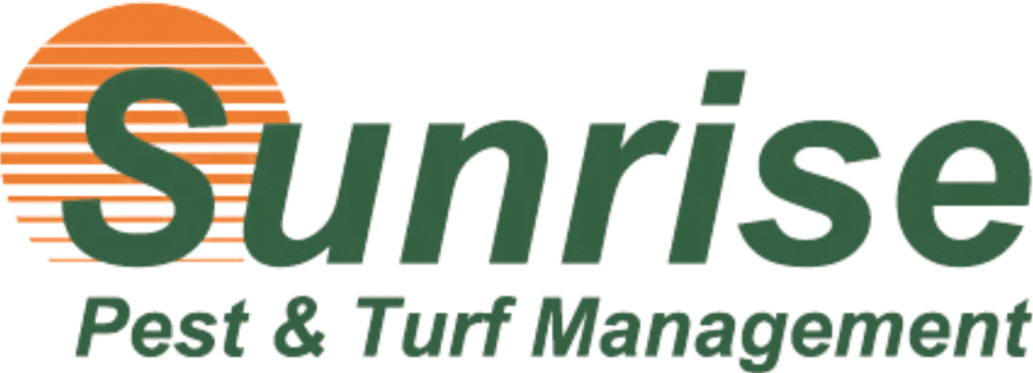Mole Control Service in Bremerton, WA & Surrounding Areas Like Bellevue & Bainbridge Island
We offer bait and granular treatments to deal with moles on your property.
Dealing with moles on your property can be a real headache, as these critters can cause extensive damage to your lawn. Fortunately, we can help you eliminate these pests via our mole control service! At Sunrise Pest & Turf Management, we offer two different types of treatments to deal with moles. We can either apply a bait treatment to eliminate them or a granular treatment to deter them from your property. We apply our treatments every month to help keep these pests away from your lawn. What's more, we have been in business since 1978 and are members of the Washington State Pest Management Association, so you can feel confident in your choice to partner with us!
We offer our mole control service to residential property owners in Bremerton, Bellevue, Bainbridge Island, Seattle, WA, and throughout the surrounding areas. Give us a call at (888) 376-9109 to sign up for this service today!
We Offer Two Types of Mole Control Treatments

At Sunrise Pest & Turf Management, we understand that moles can be a real nuisance for property owners. That's why we offer two different types of mole control treatments to deal with these pests.
- Bait Treatments: We offer bait treatments that mimic a mole's primary food source, earthworms. We will place the bait around your property and the moles will eat it, eliminating them shortly after.
- Granular Treatments: We also offer granular treatments that are designed to deter moles from your property. We will apply these treatments to your lawn and when moles come into contact with them, they will leave your property.
We apply our treatments monthly to keep moles from invading your property.
Because moles can cause so much damage to your lawn, it's important to take proactive measures to prevent them from infesting your property. When you sign up for our mole control service, we will visit your property on a monthly basis to apply our treatments. By applying these treatments monthly, we can help reduce the chances of moles invading your property, saving you from the headache of having to deal with them in the first place!
Why should you choose us to deal with moles on your property?
When it comes to dealing with moles on your property, you want to make sure that you hire a company that you can trust to get the job done right. That's where we come in. At Sunrise Pest & Turf Management, we have been providing our high-quality services to property owners in the Bremerton, WA, area since 1978. During that time, we've earned a reputation for providing exceptional services and delivering outstanding results. What's more, we are members of the Washington State Pest Management Association (WSPMA), so you can trust that we have the skills and knowledge to effectively deal with moles on your property.
Give us a call today to schedule our mole control service.
If you're looking for a company you can trust to deal with moles on your property, you've come to the right place. We offer two different types of treatments to deal with moles, and we apply our treatments monthly to keep these pests at bay. We offer our mole control service to residential property owners in Bremerton, Bellevue, Bainbridge Island, Seattle, WA, and throughout the surrounding areas. Give us a call at (888) 376-9109 to schedule our mole control service today! We look forward to working with you to help keep your property mole-free!


